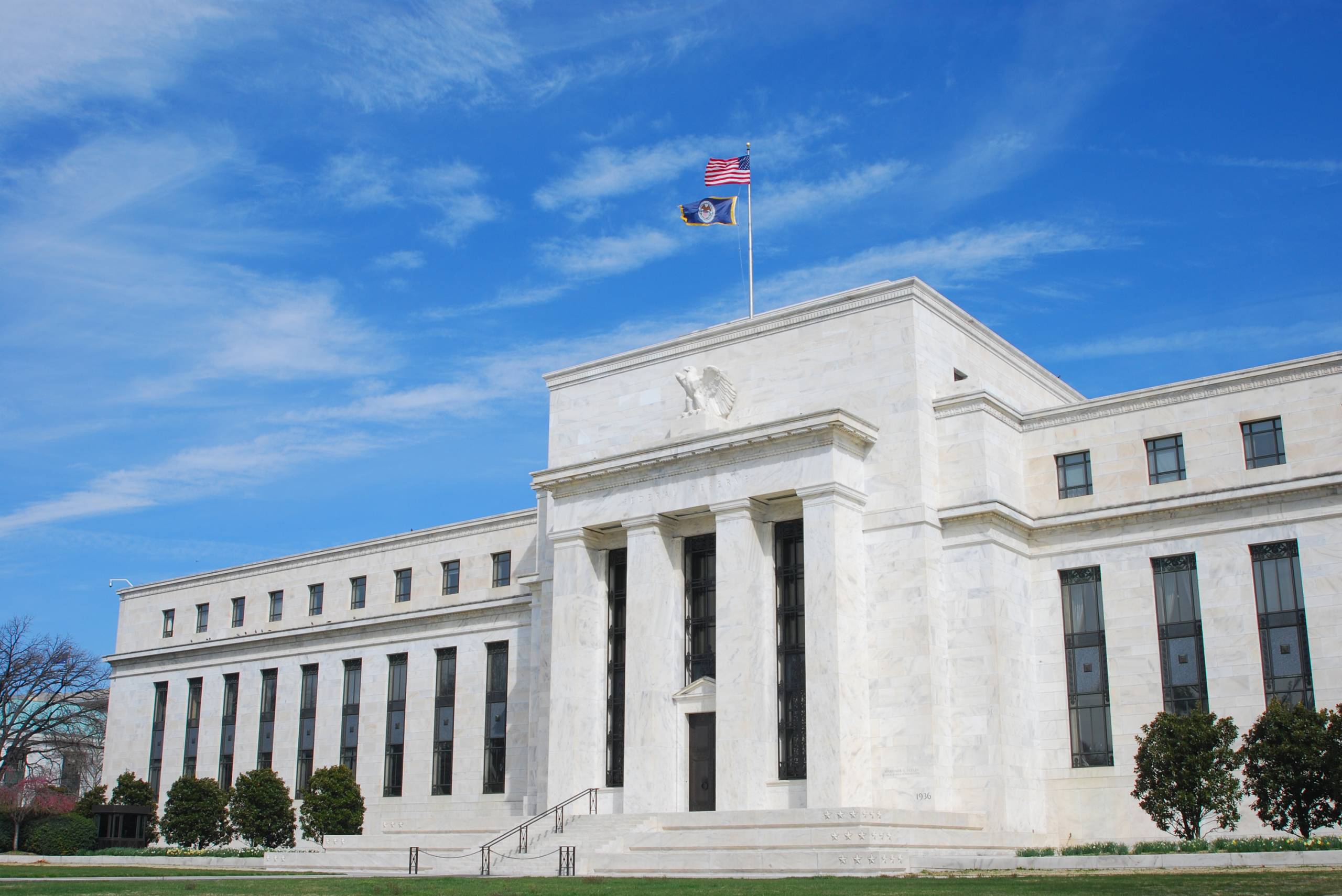Over the last couple of weeks, all eyes have been on Central Banks, both in Europe and the US, as the ongoing recovery from Covid-19 raises questions about monetary policy going forward. Both the ECB and the Fed have been under the spotlight, with both seemingly showing commitment to continued support for their respective economies.
Here, we look at the rhetoric coming from both the ECB and the Fed and what the outlook is over both the short and medium-term.
ECB sticks to bond-buying plan
As expected, the European Central Bank (ECB) has renewed its commitment to maintaining the current pace of asset purchases, despite signs of economic recovery.
President Christine Lagarde said that net purchases under the PEPP (Pandemic Emergency Purchase Programme – an asset purchasing initiative) in the next quarter will continue to be conducted at a significantly higher pace than in the first few months of the year. The ECB also left interest rates unchanged, along with long-term loans to banks and the old bond-buying program.
The central body accelerated the pace of its €1.85 trillion bond-buying program three months ago – today’s decision suggests that this is likely to continue until September. While both growth outlooks and inflation forecasts have been revised upwards, policymakers in the euro area and the US argue that prices are driven by temporary factors, including rising fuel costs and shipping packages creating a bottleneck for production, which will be fixed before too long.
The ECB has been clear in its belief that it’s simply too early to consider the reduction of the measures put in place to combat the effects of the pandemic. Instead, it has suggested that the emergency program will remain in place until March 2022, in line with existing expectations.
In our opinion, any announcement of plans to slow down purchases wouldn’t necessarily be groundbreaking, particularly if the process the ECB outlines is gradual. Similar considerations apply in the US, around the Fed’s monetary policy. For the moment, it remains expansionary, despite the growing evidence of a rebound coming from both the labour market and inflation projections.
Throughout the ongoing crisis, the mission of the Central Banks and the monetary policies they’ve undertaken has been to provide vital support for risky assets: today’s messaging from the ECB only confirms this stated aim.
The outlook for inflation is a key element in the ECB’s policy decisions and it remains under control for now. The consensus is that inflation is still below the central bank’s target across both the short term (two years) and the long term (10 years). As a result, it seems reasonable to assume that the ECB’s policy support will continue for a while, regardless of what happens to the pace of asset purchases.
We believe that, even if the ECB slows the pace of asset purchases in the coming months, this should be seen as an operational decision rather than a policy shift. The ECB has pledged to maintain its support throughout the pandemic, at least until early 2022. We, therefore, expect the support to remain in place, given the outlook for below-target inflation.
The Fed balances priorities
This week, monetary policy took centre stage. The US dollar extended its rally while gold prices retreated after Federal Reserve officials signalled their intention to raise interest rates sooner than previously forecast.
The FOMC gave their clearest signal yet about when to step away from easy monetary policy, gradually pulling back the policies that have helped sustain markets over the last few months. Their median projection showed they see lifting their benchmark rate to 0.6% in March rather than by the end of 2023.
A change in the trajectory was somewhat expected, seeing significantly increased inflation and strong signals from the economy. The Federal Reserve feels it still has a lot of wiggle room in which to recalibrate (or realign with) market expectations. It is balancing two communication objectives; from one side ensuring continuous support to the economy over the past two years and, on the other side, not creating the impression that it’s losing touch with reality, falling behind the curve.
The announcement also reflects a shift of sentiment within the FOMC. Taking a look at the dot plot (which shows Fed Board members’ projections for interest rates), we notice how the board’s view is evolving. In particular, with respect to the last three members, who believe that we’ll have at least some rate hike before the end of 2022. The majority believe that we’ll see a rate hike before the end of 2023.
The move has created some (relatively contained) volatility in the market. We still believe that there isn’t a substantial risk of the Fed having to deviate from its expansionary monetary policy in the short term. On the contrary, we believe that the central bank is succeeding in managing expectations from a position of relative strength. If we look at the FOMC economic forecast, what really changed from March to July are GDP and inflation expectations for 2021 (now 7% and 3.2% in the US) whereas forecasts for growth from 2023 on remained unchanged.
Of course we will continue to monitor the situation as economic growth might start to put the Fed under pressure over the next months. By the end of the year announcements around the tapering plans should be announced (this is going to happen before interest rate hike). That could become another crucial moment to look at, in a context where impressive economic growth and impressive results from public companies are expected to keep playing a positive role for stockholders.





